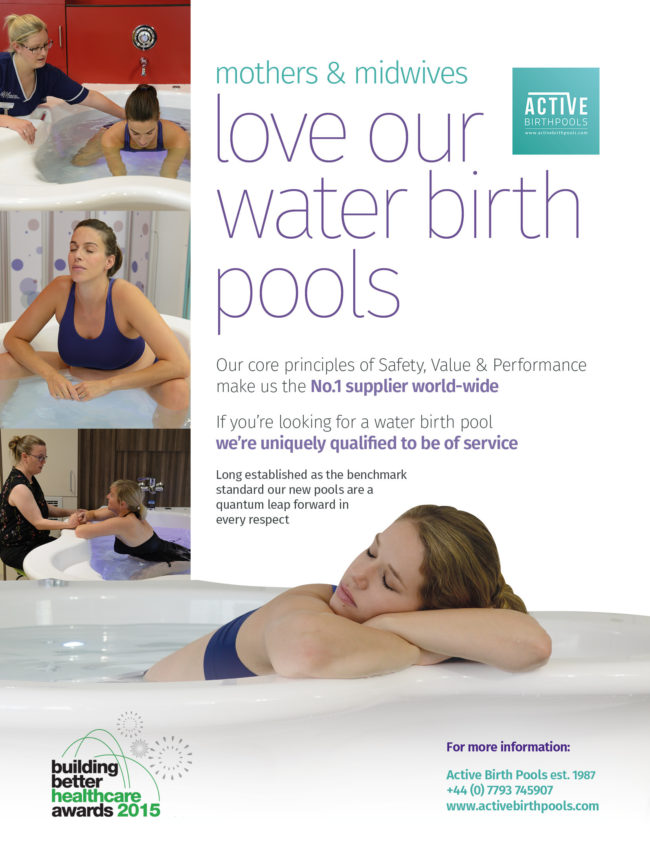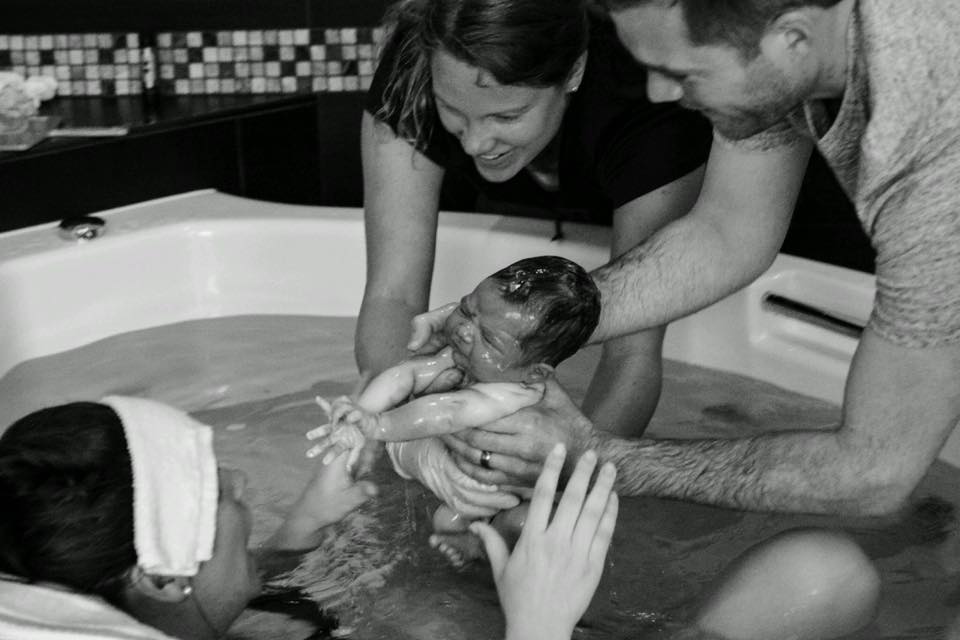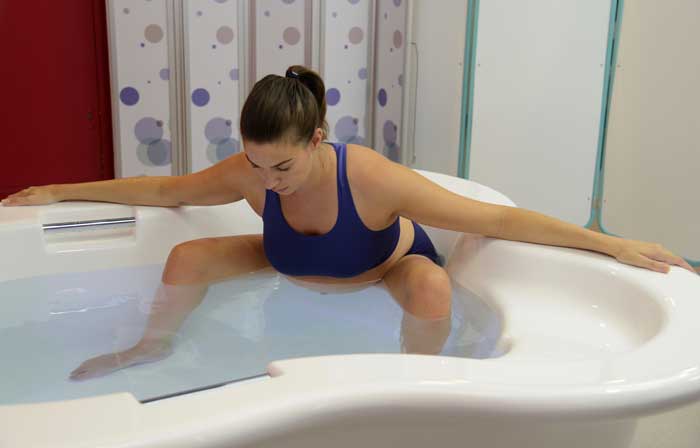Thoeni A; Holzner J, (2002). International Confederation of Midwives. Midwives and women working together for the family of the world: ICM proceedings CD-ROM Vienna 2002. The Hague: ICM , 2002. 7 pages.
Objective:
The object of our study was to analyze 848 consecutive water births and to compare them with two other delivery positions.
Methods:
We compared 848 water births, 493 deliveries in the traditional bed, and 172 deliveries on the delivery stool.
Duration of labor, rates of episiotomies and lacerations, arterial cord blood pH, base excess, analgesic requirements, and postpartum maternal haemoglobin levels were evaluated.
Results:
The first stage of labor was significantly reduced in primiparas with water birth compared with the other delivery positions (386 vs. 477 min., respectively).
There were no differences in the duration of the second stage (32 vs 39 min.).
The low episiotomy rate with the water births (1% compared with 18% and 8% for the other two positions) was not associated with an increased rate of perineal lacerations (23% in all three groups).
Of the primipara, 59% had no lacerations with water birth compared with 36% and 46% for the other two positions, respectively.
No woman with water birth required analgesics.
There were no differences among the groups in arterial cord blood pH or postpartal maternal haemoglobin level.
Conclusion:
Our results suggest that water birth is associated with a significantly shorter first stage of labor, lower episiotomy rate and perineal lacerations, and reduced analgesic requirements compared with other delivery positions.
Water birth is safe for the mother and fetus-neonate if candidates are selected appropriately.










